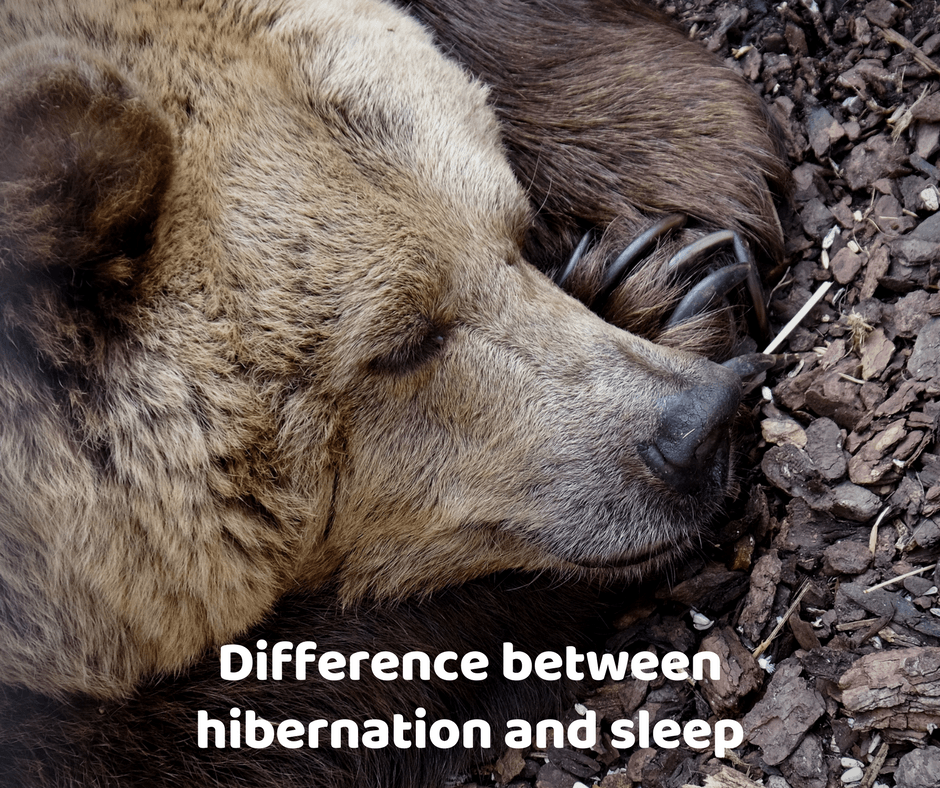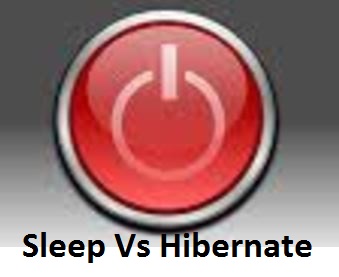

- #HIBERNATE VS SLEEP HOW TO#
- #HIBERNATE VS SLEEP FULL#
- #HIBERNATE VS SLEEP PC#
- #HIBERNATE VS SLEEP WINDOWS#
Go to Control Panel -> Power Options -> Change what the power button do -> and change when I press the power button and when I close the lid to hibernate or sleep according to your wish. The settings can be changed in the system, such that the system turns into Hibernate mode or sleep mode when the power button is pressed.
#HIBERNATE VS SLEEP HOW TO#
How to select multiple columns in a pandas dataframe.Ways to read input from console in Java.Implement a stack using singly linked list.How to rename columns in Pandas DataFrame.Different ways to iterate over rows in Pandas Dataframe.1) if I need low re-activation time then I chosse the sleep option. Similarly you have a way to trade-off reactivation delay vs battery usage This is what I normally do on my laptop.

Selecting rows in pandas DataFrame based on conditions Answer (1 of 8): The different options give you a way to trade-off battery usage vs memory usage.How to drop one or multiple columns in Pandas Dataframe.

Seperti sleep, dalam hibernate, komputer akan langsung kembali ke kondisi semula ketika 'dibangunkan'. Reading and Writing to text files in Python Kelebihannya, konsumsi daya hibernate lebih irit dari sleep karena media penyimpanan tak perlu terus menerus mendapat listrik supaya data di dalamnya tidak hilang (non-volatile).System standby and hibernate features reduce notebook power draw to 12 watts. Adding new column to existing DataFrame in Pandas Myth 2: Sleep features can wear out hardware by forcing the computer to.ISRO CS Syllabus for Scientist/Engineer Exam.ISRO CS Original Papers and Official Keys.GATE CS Original Papers and Official Keys.It’s up to you to decide which option is best for you to save power for your computer. Now you should have found out the main differences between Sleep mode and Hibernate mode.
#HIBERNATE VS SLEEP FULL#
The downside of Hibernate is that it will take up a huge amount of disk space because it saves the full memory of the RAM into hard drive, you can see a gigantic hiberfil.sys file sitting in the root of your system drive. Hibernation is ideal for users who would be away from the computer for an extended period, especially when you have to cut off the power to travel but want to continue working from where you left off, without having to open your programs and documents again. When you wake your computer from hibernation, the system will load everything saved in the hiberfil.sys file and all programs you had open will reopen in the same state you left them. That means it consumes almost no power, but it takes a bit more time to wake up than Sleep mode. Hibernate mode will take everything you have running on RAM (including open documents and apps) and saves it to a special file ( C:\hiberfil.sys) on your hard drive, and then turn off your computer completely. This is because your computer is still on and all your data is still kept in the computer’s memory. When you wake the computer up, all processes and programs resume working within seconds. A power outage would cause all data that aren’t saved to hard disk to be lost.
#HIBERNATE VS SLEEP PC#
However, the power must NOT be cut off while your PC is in Sleep mode, and must be continue to supply to the computer. Power is cut from all components apart from RAM: the display, the hard drive, and ports. The computer immediately stops most system operations and your open documents and applications are put in the RAM. It’s similar like pausing a DVD movie, all your running programs are suspended. Sleep mode (also known as Standby mode) is useful when you’re going to be away for a short period of time. In this article we’ll try to explain the differences in detail. In Hibernation Your computer gets a partial Shutdown after saving all your work in the Boot drive. However, most of users don’t know the exact differences between Sleep mode and Hibernate mode. Answer: Hibernation uses less power compared to Sleep.
#HIBERNATE VS SLEEP WINDOWS#
It’s a good idea to put Windows in the energy-saving mode (Sleep or Hibernate) when you’re away from your computer.


 0 kommentar(er)
0 kommentar(er)
